23 Surprising Animal Facts That Will Blow Your Mind
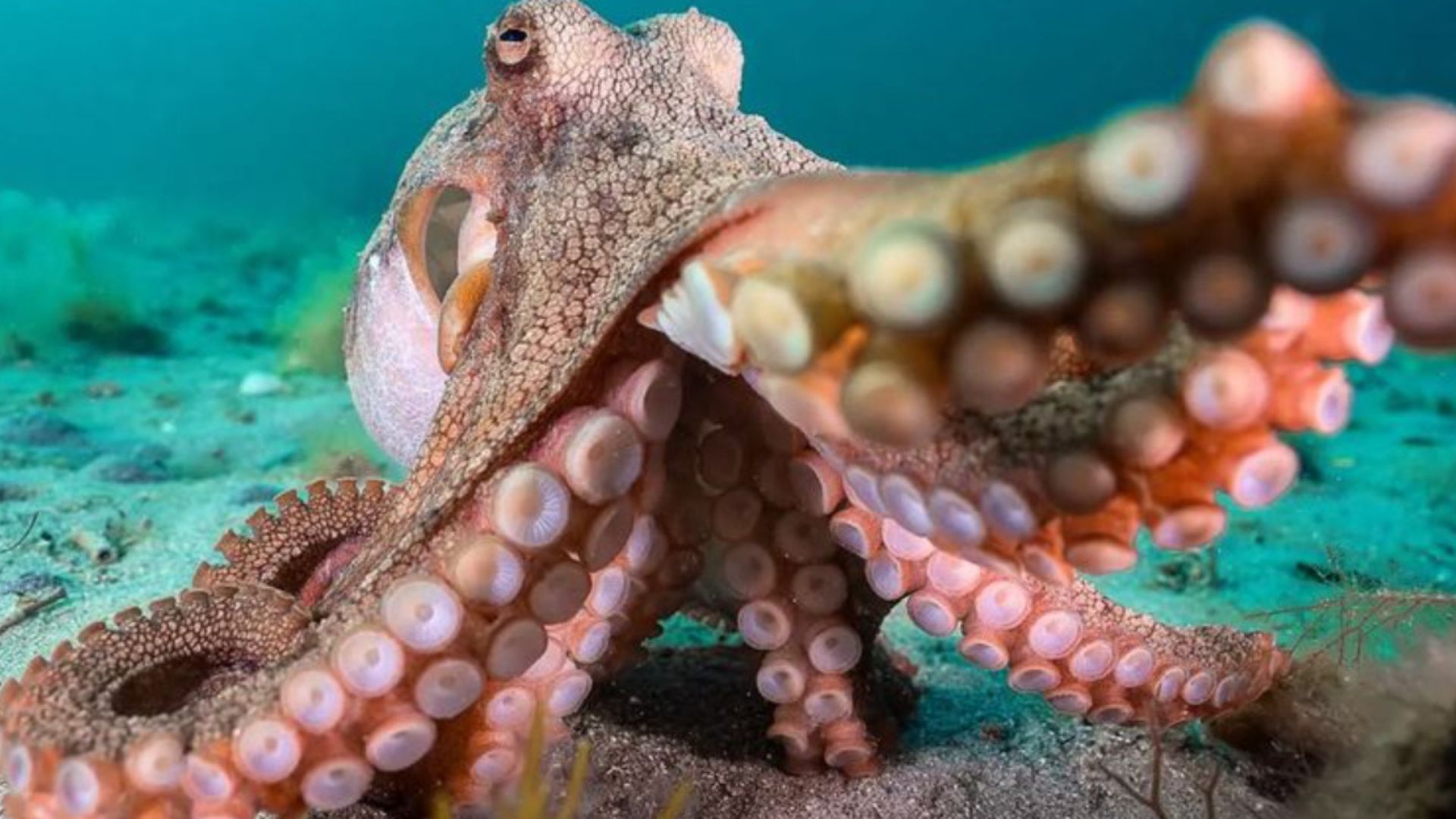
Animals are incredible creatures, full of surprises and wonders that can astonish even the most seasoned nature lovers.
From the tiniest insects to the largest mammals, the animal kingdom is brimming with fascinating facts that are sure to capture your imagination.
Get ready to embark on a journey into the wild as we uncover the unexpected and intriguing truths about our planet’s diverse inhabitants.
1. Octopus Hearts
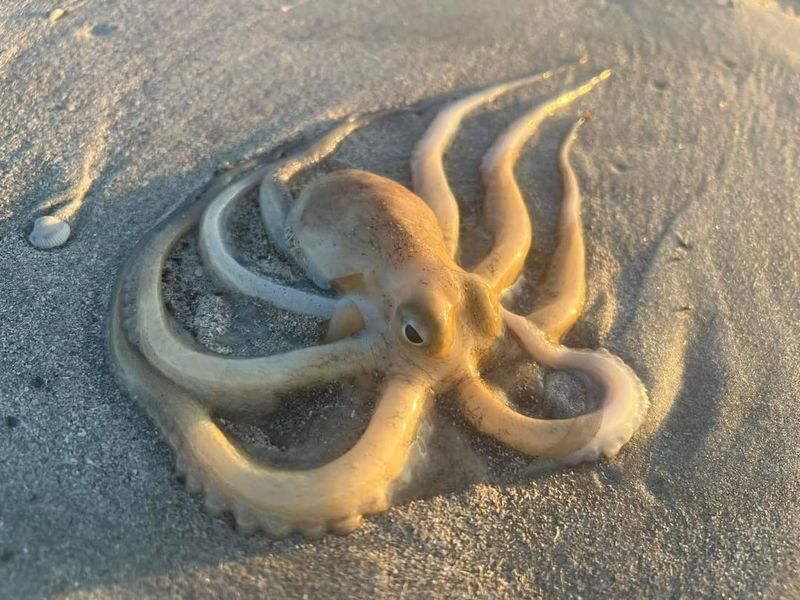
The octopus is a remarkable creature with not one, not two, but three hearts. Two of these hearts serve the important role of pumping blood to the gills, allowing for efficient gas exchange and oxygenation. The third heart has a special job, circulating oxygen-rich blood to the rest of the body, ensuring all organs receive the oxygen they need to function. This unique system is crucial for the octopus, especially given its active lifestyle and intelligence.
But that’s not all. The octopus also has blue blood, thanks to a copper-based molecule called hemocyanin, which is more efficient than hemoglobin in cold, oxygen-poor underwater environments. This adaptation allows the octopus to thrive in deep and chilly waters where oxygen is scarce.
These features highlight the octopus’s incredible evolutionary adaptations that enable it to survive in diverse marine environments. Each aspect of its anatomy is perfectly suited to its mysterious and multifaceted life beneath the waves, making the octopus a true marvel of the ocean.
2. Axolotl Regeneration
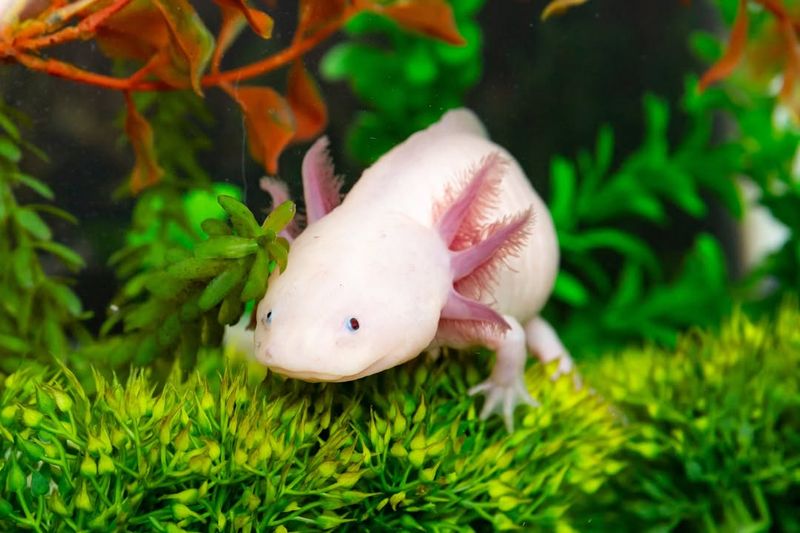
This unique salamander native to Mexico is renowned for its incredible regenerative abilities. Unlike most amphibians, the axolotl retains its larval features throughout its life, a trait known as neoteny. But what truly sets it apart is its capacity to regenerate entire limbs, spinal cords, heart, and even parts of its brain.
This fascinating ability to regrow complex structures has made the axolotl a subject of scientific research, as understanding its regenerative process could have profound implications for regenerative medicine. Researchers are intrigued by the axolotl’s potential to unlock secrets that could one day help humans recover from severe injuries.
The axolotl’s regenerative prowess not only highlights its unique evolutionary path but also underscores the potential for groundbreaking discoveries in biology and medicine. This little creature serves as a living testament to nature’s ingenuity and the endless possibilities it holds.
3. Narwhal’s Tusk
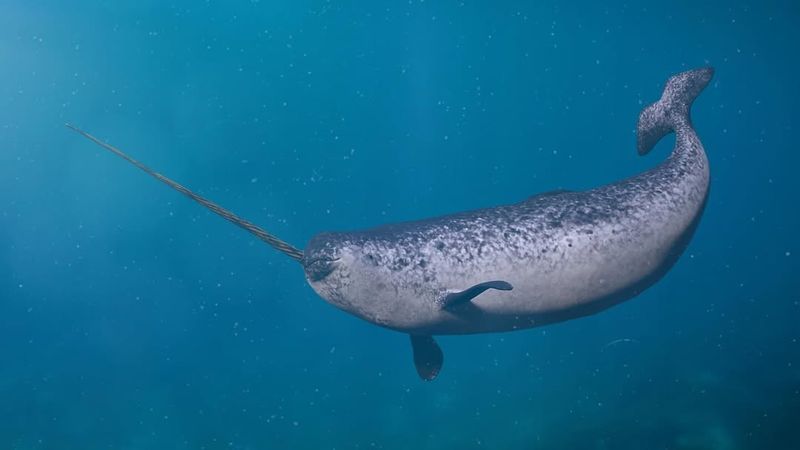
Often called the unicorn of the sea, the narwhal is famous for its long, spiral tusk that can grow up to 10 feet in length. This tusk is actually an elongated tooth, usually found on males, although some females may have them too. Researchers have long been intrigued by the purpose of this fascinating appendage.
Recent studies suggest that the narwhal’s tusk is a sensory organ, filled with thousands of nerve endings that can detect changes in the water, such as temperature and salinity. This sensory capability may help narwhals navigate their icy Arctic environment and locate prey beneath the ice.
Whether used for sensing the environment or for social interactions within narwhal pods, this spiral tooth remains one of the ocean’s most captivating mysteries.
4. Mimic Octopus
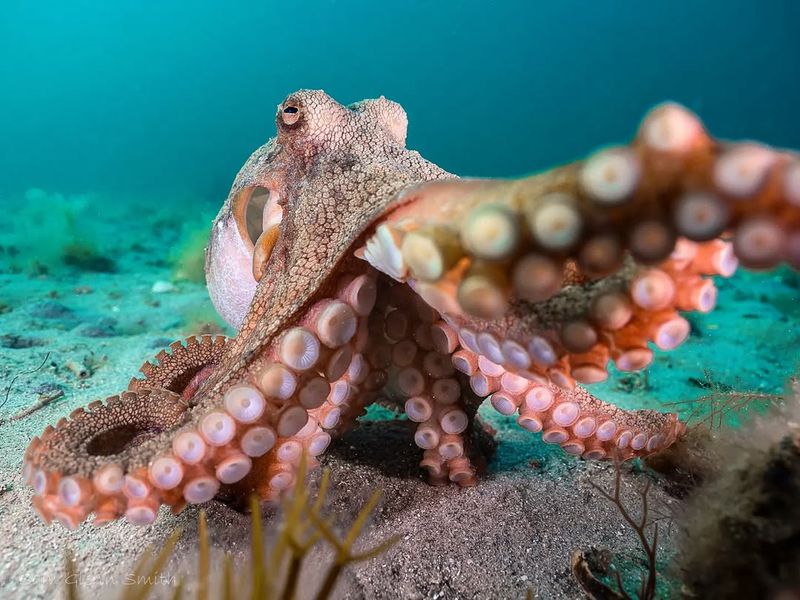
The mimic octopus is a master of disguise, capable of transforming its appearance to impersonate other marine creatures. Found in the waters of Southeast Asia, this clever cephalopod can imitate the look and movement of up to 15 different species, including lionfish, flatfish, and even sea snakes.
Its ability to mimic other animals serves as a brilliant defense mechanism, fooling predators into thinking it’s something more dangerous or unappetizing. The mimic octopus achieves this by changing the color and texture of its skin and altering the shape of its body to match the creature it’s imitating.
This remarkable talent for mimicry showcases the mimic octopus’s intelligence and adaptability, allowing it to thrive in its natural habitat. Its cunning abilities demonstrate the fascinating relationships between predator and prey, offering a glimpse into the complex world of ocean survival.
5. Mantis Shrimp Punch
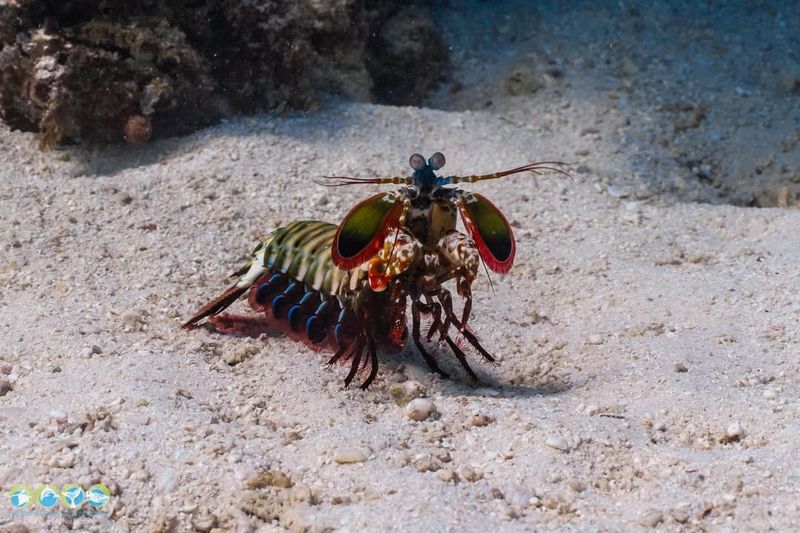
The mantis shrimp is a formidable predator, armed with claws that strike with the speed of a bullet. These claws can accelerate faster than a .22 caliber bullet, delivering a punch so powerful it can break glass and smash through the shells of prey.
This incredible punching power is due to a unique spring-loaded mechanism in the mantis shrimp’s claws, allowing it to store and release energy with astonishing force. The impact is so intense that it even causes the water around the strike to boil, creating tiny bubbles in a process known as cavitation.
The mantis shrimp’s explosive punch not only highlights its prowess as a hunter but also serves as a fascinating example of how animals can evolve extraordinary adaptations to thrive in their environments. This tiny but mighty creature continues to inspire awe and intrigue among scientists and nature enthusiasts alike.
6. Pangolin Scales
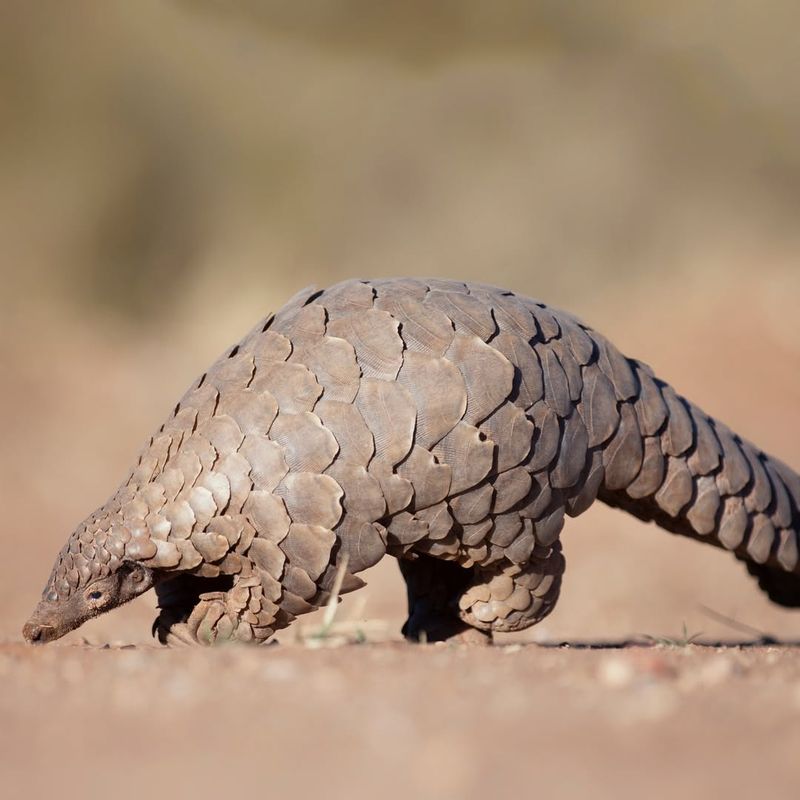
These unique mammals are known for their protective scales, which are made of keratin, the same material found in human nails and hair. These scales cover their bodies, providing a shield against predators. When threatened, a pangolin can roll into a tight ball, using its scales as armor to deter attackers.
Unfortunately, pangolins are among the most trafficked animals in the world, with their scales and meat highly sought after in illegal wildlife trade. Conservation efforts are underway to protect these fascinating creatures, emphasizing the importance of preserving their natural habitats and enforcing anti-poaching laws.
The pangolin’s distinctive scales not only highlight its unique evolutionary path but also serve as a reminder of the urgent need for conservation. By understanding and protecting these remarkable animals, we can work towards ensuring their survival in the wild.
7. Platypus Venom
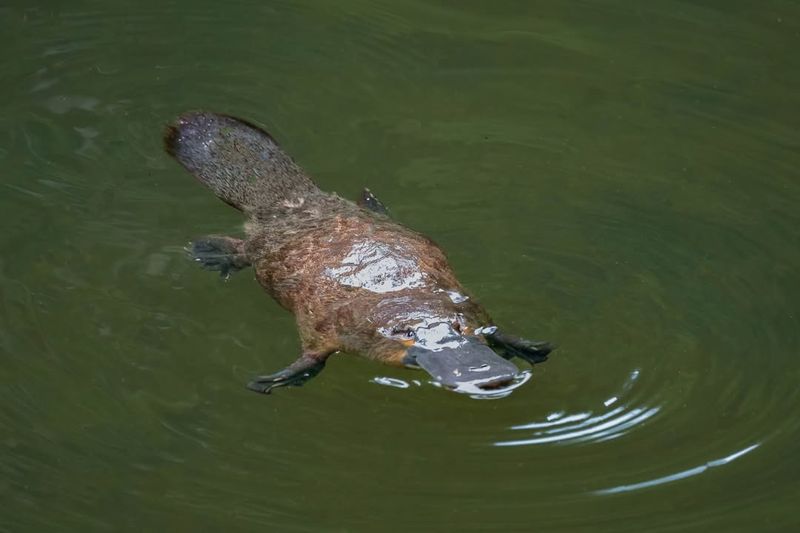
The platypus is a peculiar creature, blending features of mammals, birds, and reptiles into one unique animal. Among its many oddities, the male platypus possesses venomous spurs on its hind legs. While not lethal to humans, the venom can cause severe pain and swelling, deterring predators from attacking.
This venom contains over 80 different toxins, and its effects on other animals vary, potentially incapacitating small mammals. The presence of venom in a mammal is unusual, and scientists continue to study the platypus to understand the evolutionary significance of this trait.
The platypus’s venomous spurs add to its mystique, showcasing the diverse adaptations that animals can develop to survive and thrive. This intriguing aspect of the platypus reminds us of the complexity and diversity of life on Earth, providing endless opportunities for discovery and wonder.
8. Cuttlefish Camouflage
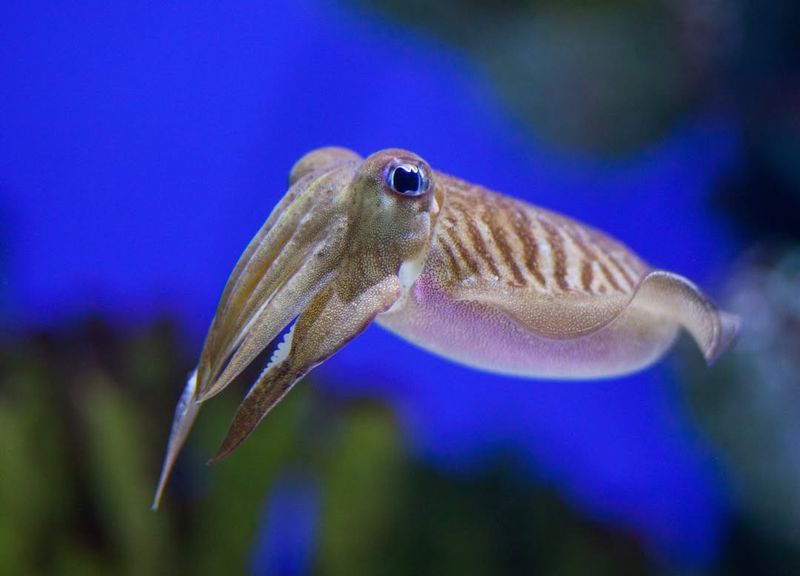
Cuttlefish are masters of disguise, capable of changing their skin color and texture to blend seamlessly with their surroundings. This remarkable ability is controlled by a complex system of pigments and cells called chromatophores, which can expand or contract to alter the cuttlefish’s appearance in an instant.
This camouflage serves multiple purposes: it helps cuttlefish avoid predators, hunt for prey, and even communicate with each other. Their ability to transform their appearance so rapidly is a testament to their intelligence and adaptability in the ever-changing marine environment.
The cuttlefish’s extraordinary camouflage abilities are a beautiful example of nature’s ingenuity, illustrating how animals can evolve complex systems to thrive in their habitats. These underwater shape-shifters continue to captivate scientists and divers alike, offering a glimpse into the hidden wonders of the ocean.
9. Sloth’s Slow Metabolism
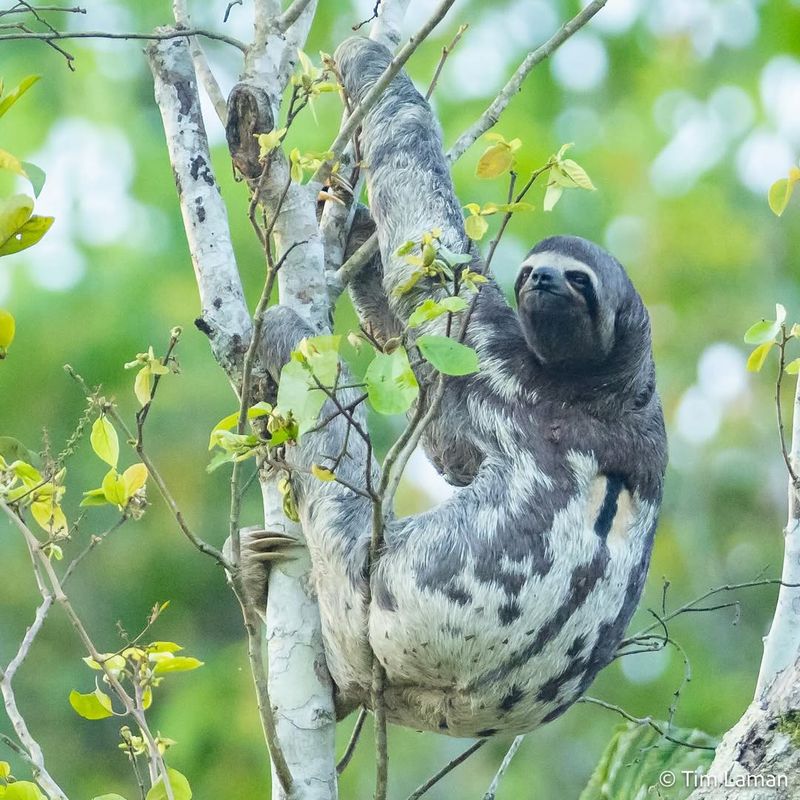
These animals are known for their slow, deliberate movements, a trait that has earned them a reputation for laziness. However, their unhurried pace is a result of a slow metabolism, allowing them to conserve energy and survive on a low-calorie diet of leaves.
This sluggish lifestyle is part of the sloth’s evolutionary strategy, helping them avoid predators by blending in with the forest canopy. Their slow movements also support their unique digestive system, which can take up to a month to process a single meal.
By understanding the sloth’s slow metabolism, we gain insight into how animals can adapt their lifestyles to suit their environments. These gentle creatures serve as a reminder of the diverse strategies animals employ to survive and thrive in the wild.
10. Elephant Memory
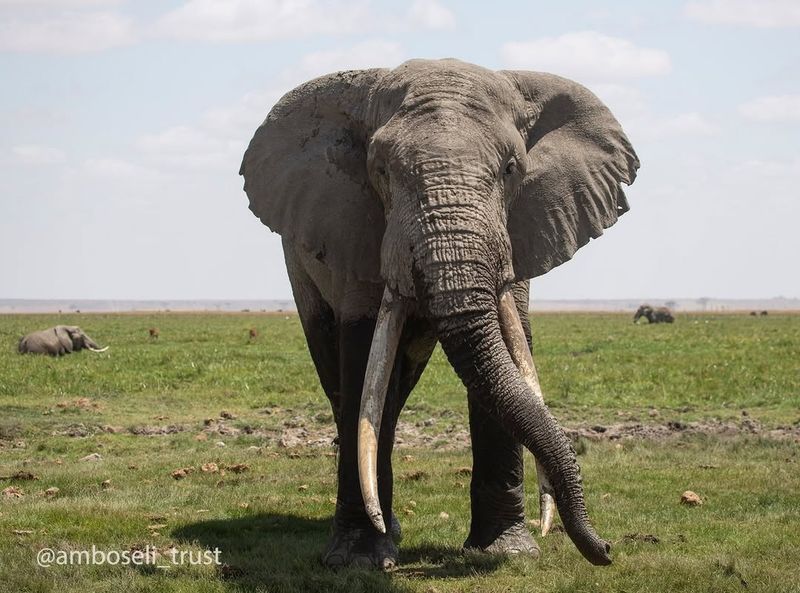
Elephants are renowned for their incredible memory and intelligence, traits that contribute to their complex social structures and survival in the wild. These majestic animals can remember the locations of water sources over long distances and recall the faces of other elephants and humans for many years.
This remarkable memory is thought to be linked to their large brains, which are among the most complex in the animal kingdom. Elephants use their memory to navigate their environments, form social bonds, and respond to threats, showcasing their adaptability and problem-solving abilities.
The elephant’s exceptional memory underscores their intelligence and the intricate relationships they form within their herds. These gentle giants remind us of the profound connections animals can form with their environment and each other, highlighting the importance of preserving their habitats and understanding their behaviors.
11. Chameleon’s Color Change
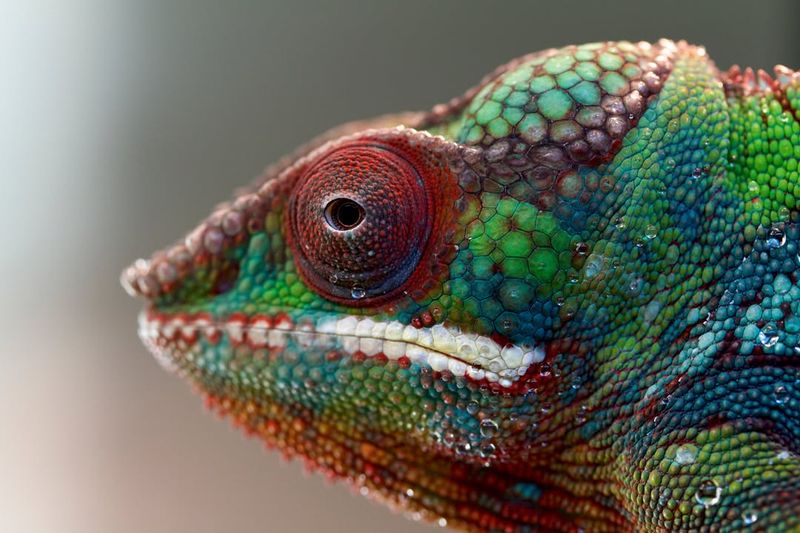
Known for their remarkable color-changing ability, these reptiles use this skill for more than just camouflage – it also helps with communication and temperature regulation. Contrary to popular belief, chameleons do not change color to match their surroundings. Instead, they use color changes to reflect their mood, temperature, and social status.
The process involves the manipulation of special cells called chromatophores, which contain different pigments. By expanding or contracting these cells, chameleons can produce a wide range of colors and patterns, allowing them to convey information to other chameleons or blend into their environment when needed.
The chameleon’s color-changing ability is a fascinating example of adaptation and communication in the animal world. These vibrant lizards continue to capture the curiosity of scientists and nature enthusiasts alike, offering insights into the complex interactions between organisms and their environments.
12. Penguin Underwater Speed
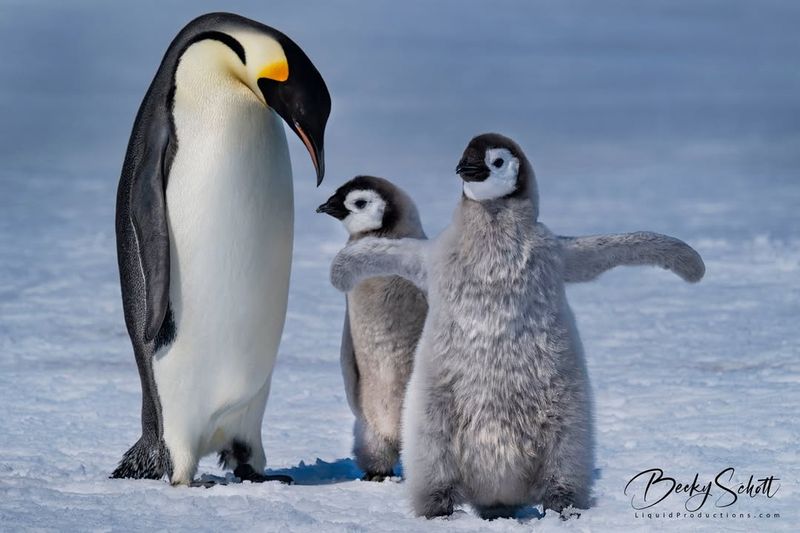
Penguins are renowned for their agility and speed underwater, where they can reach speeds of up to 22 miles per hour. Their streamlined bodies and powerful flippers make them exceptional swimmers, allowing them to glide through the water with ease and catch prey efficiently.
These flightless birds have evolved to thrive in aquatic environments, using their speed and agility to avoid predators and hunt for food. Penguins’ adaptations to their marine lifestyle are a testament to their resilience and resourcefulness in the face of environmental challenges.
The penguin’s impressive underwater speed highlights the incredible adaptations animals can develop to survive in diverse habitats. These charming birds continue to fascinate observers with their remarkable abilities, offering a glimpse into the wonders of the natural world.
13. Jellyfish Immortality
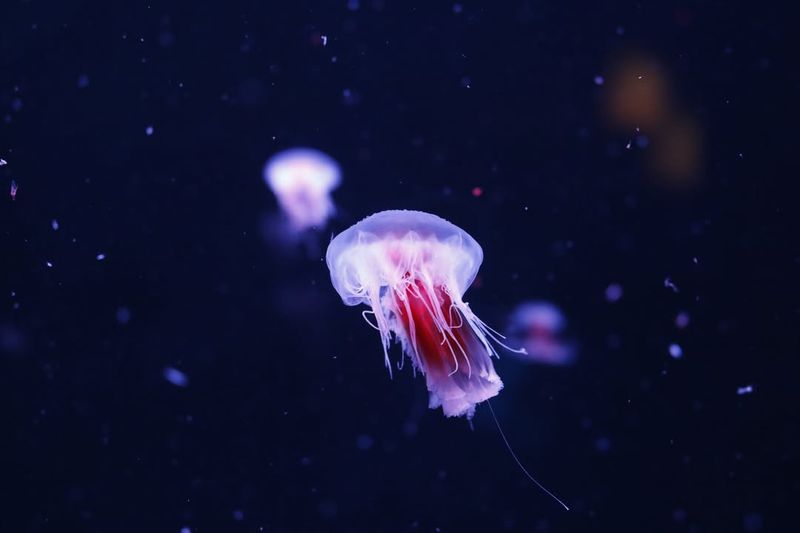
The immortal jellyfish, known scientifically as Turritopsis dohrnii, is a fascinating creature capable of defying the aging process. When faced with injury, environmental stress, or even natural aging, this jellyfish can revert to its juvenile form, essentially starting its life cycle anew.
This remarkable ability to reset its biological clock is a result of transdifferentiation, a process where its cells transform into different types, allowing the jellyfish to recycle old or damaged cells. This capability has sparked interest among scientists, who hope to uncover the secrets behind this biological rejuvenation.
The immortal jellyfish’s unique life cycle challenges our understanding of aging and immortality in the animal kingdom. By studying this enigmatic creature, we may one day unlock new insights into the biology of aging, offering potential applications for human health and longevity.
14. Hummingbird’s Heartbeat
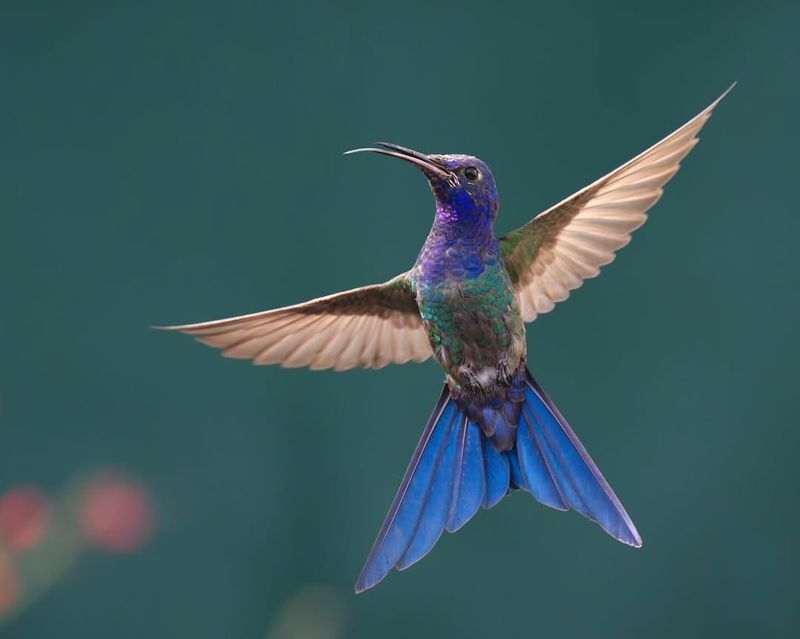
Known for their incredible flight abilities, hummingbirds have rapid wing beats that can reach up to 80 times per second. To support such intense activity, their heart beats extraordinarily fast, averaging 1,200 beats per minute during flight.
This rapid heartbeat ensures that oxygen and nutrients are efficiently delivered to their muscles, enabling them to sustain their energy-intensive hovering and flitting between flowers. Hummingbirds have evolved to thrive on a diet rich in nectar, which provides the necessary fuel for their high-energy lifestyle.
The hummingbird’s extraordinary physiology highlights the intricate balance of adaptations that enable it to survive and flourish. These vibrant birds continue to enchant birdwatchers and researchers alike, offering a glimpse into the marvels of evolution and the delicate interplay of form and function.
15. Butterfly Migration
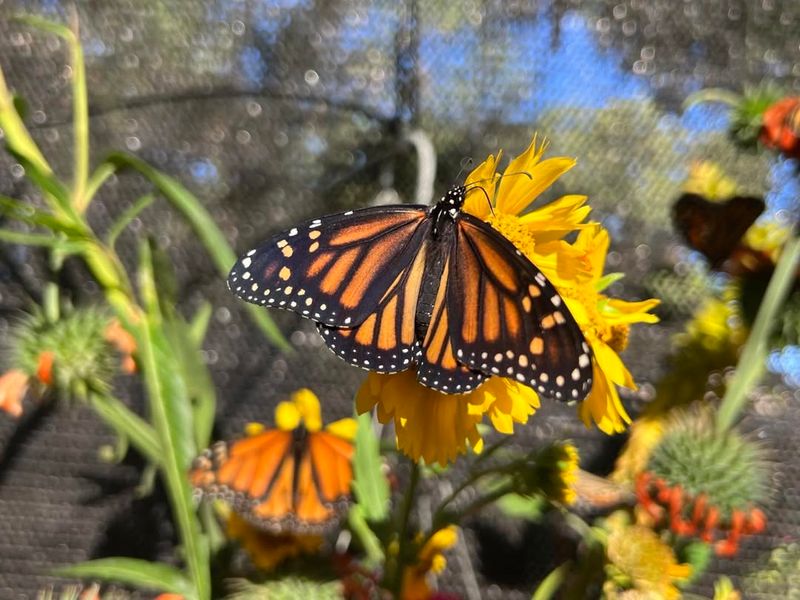
Monarch butterflies are renowned for their epic migration, a journey that covers thousands of miles from North America to central Mexico. This incredible feat is driven by the changing seasons and the need to find suitable breeding grounds and food sources.
During migration, monarchs rely on environmental cues such as the sun’s position, the Earth’s magnetic field, and their internal circadian clocks to navigate. This complex guidance system helps them traverse vast distances, often spanning multiple generations, as no single butterfly completes the entire round trip.
The monarch butterfly’s migration is a remarkable example of animal endurance and navigation, showcasing the wonders of nature’s instincts and intelligence. By studying this phenomenon, scientists gain insights into the challenges animals face in a changing world, emphasizing the importance of conservation efforts to protect these incredible creatures.
16. Ant Super Strength
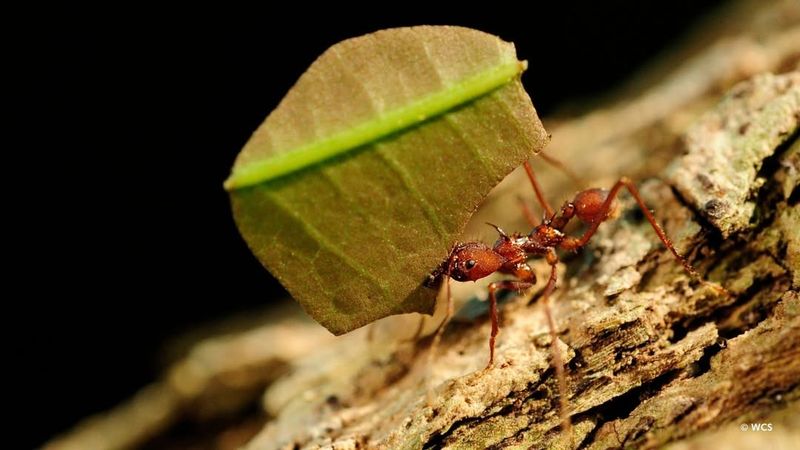
Ants are tiny creatures with astonishing strength, capable of lifting and carrying objects that weigh many times more than their own body weight. This super strength is due to their muscle structure and small size, allowing them to exert more force relative to their body mass.
In addition to their physical prowess, ants are known for their complex social structures and cooperative behaviors. Working together in colonies, they can achieve remarkable feats, from constructing intricate nests to farming fungi and defending their communities against threats.
The ant’s super strength and social organization offer a glimpse into the complex world of insects, illustrating the diverse strategies animals use to survive and thrive. These industrious creatures continue to inspire admiration and curiosity, providing valuable lessons in teamwork and resilience.
17. Dolphin Intelligence
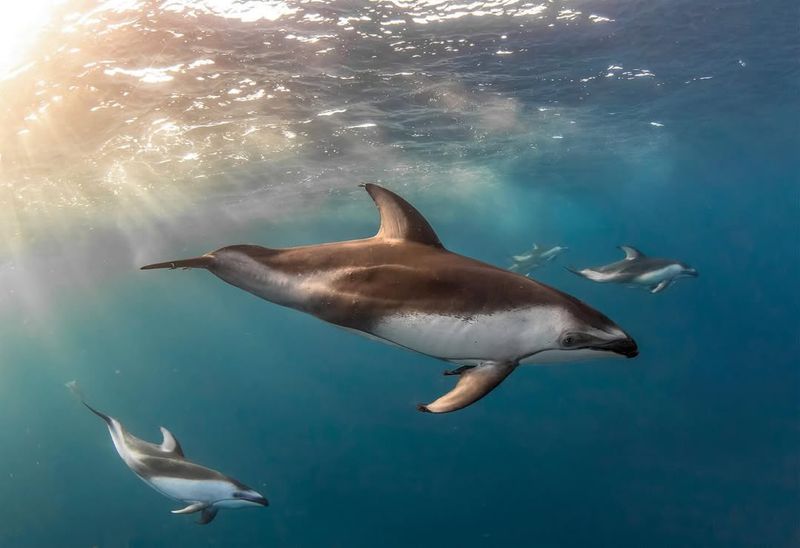
Renowned for their intelligence and social behaviors, these marine animals are among the most studied in the world. Dolphins have highly developed brains with a complex structure that enables advanced cognition, problem-solving, and impressive communication skills.
In the wild, dolphins use sophisticated vocalizations to communicate with each other, navigate their environments, and coordinate group activities. Their playful nature and curiosity have endeared them to humans, leading to a deeper understanding of their behaviors and social dynamics.
The dolphin’s intelligence and adaptability highlight the complexity of animal cognition and social interactions. These charismatic creatures serve as ambassadors for the ocean, reminding us of the rich diversity of life beneath the waves and the importance of conserving marine habitats.
18. Bat Echolocation
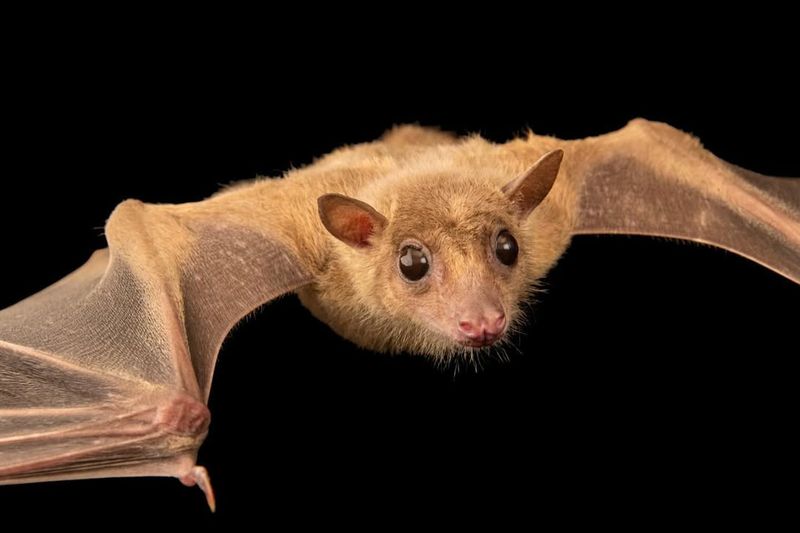
The only mammals capable of true flight, these fascinating creatures possess an extraordinary skill called echolocation. By emitting high-frequency sound waves, bats can navigate in complete darkness, detecting prey and avoiding obstacles with incredible accuracy.
Echolocation is achieved by interpreting the echoes of their calls, allowing bats to build a mental map of their surroundings. This remarkable skill enables them to hunt efficiently in various environments, from dense forests to open skies.
The bat’s echolocation ability showcases nature’s ingenuity in developing sensory adaptations to meet the challenges of survival. These nocturnal navigators provide a fascinating example of how animals can evolve unique traits to thrive in diverse habitats, contributing to our understanding of sensory biology.
19. Parrot Vocal Mimicry
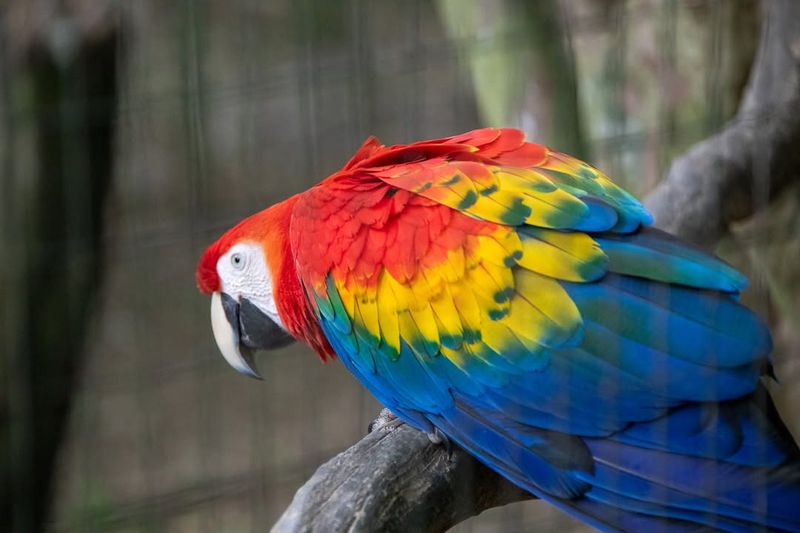
Parrots are renowned for their vocal mimicry, a skill that allows them to imitate a wide range of sounds, including human speech. This ability stems from their highly flexible vocal organs and advanced brain structures dedicated to sound production and learning.
In the wild, vocal mimicry helps parrots communicate within their flocks, establish social bonds, and even deter predators by imitating the calls of other species. Their impressive vocal skills have made them popular pets, captivating humans with their ability to ‘talk.’
The parrot’s vocal mimicry highlights the complexity of animal communication and the role of learning in shaping behavior. These vibrant birds continue to captivate researchers and bird enthusiasts, offering insights into the evolution of communication and social interaction in the animal kingdom.
20. Sea Turtles’ Navigational Skills

Remarkable navigators, these marine reptiles travel vast distances across the ocean and return to the same beaches where they were born to lay their eggs. This incredible feat is possible due to their ability to detect the Earth’s magnetic field and use it as a navigational guide.
These gentle giants embark on long migrations, guided by environmental cues and innate instincts, demonstrating their resilience and adaptability in the ever-changing marine environment. Their navigational skills have fascinated scientists, shedding light on the complex interactions between animals and their habitats.
The sea turtle’s navigational prowess underscores the importance of protecting these ancient mariners and their habitats. By understanding their journeys, we gain insights into the challenges they face and the need for conservation efforts to ensure their survival.
21. Kangaroo Movement
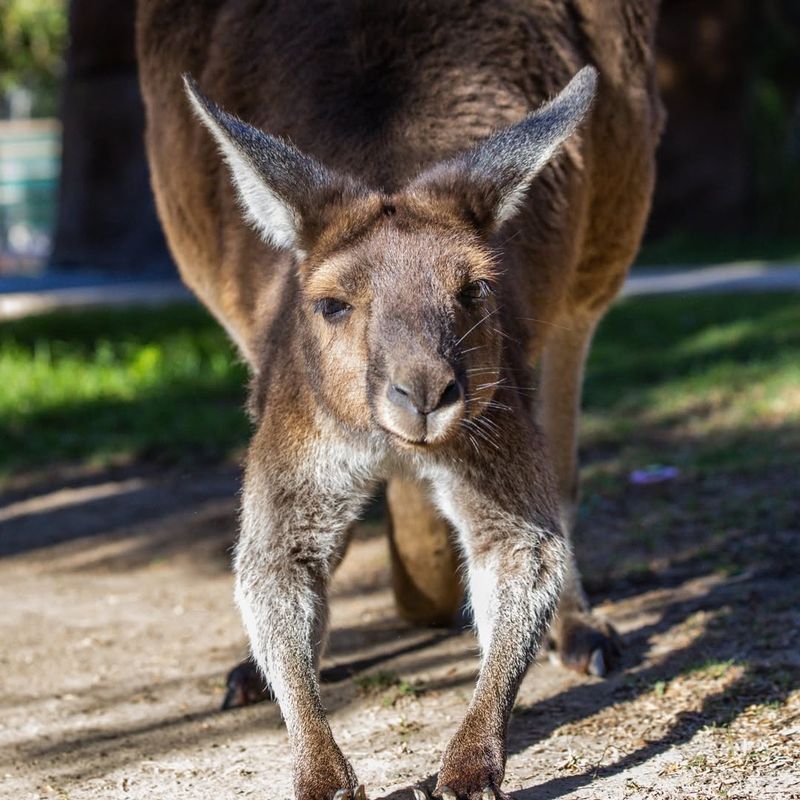
Kangaroos are iconic Australian marsupials, celebrated for their unique mode of movement: hopping. Using their powerful hind legs and long tails for balance, kangaroos can cover impressive distances with minimal energy expenditure.
Their efficient movement is an adaptation to the open landscapes of Australia, allowing them to travel quickly in search of food and water. The kangaroo’s hopping ability is a marvel of biomechanics, demonstrating how animals can evolve specialized traits to thrive in their environments.
The kangaroo’s distinctive movement offers a glimpse into the diverse adaptations that animals develop to navigate their habitats. These bounding marsupials continue to capture the imagination of people worldwide, symbolizing the unique wildlife of Australia and the wonders of evolution.
22. Giraffe’s Neck
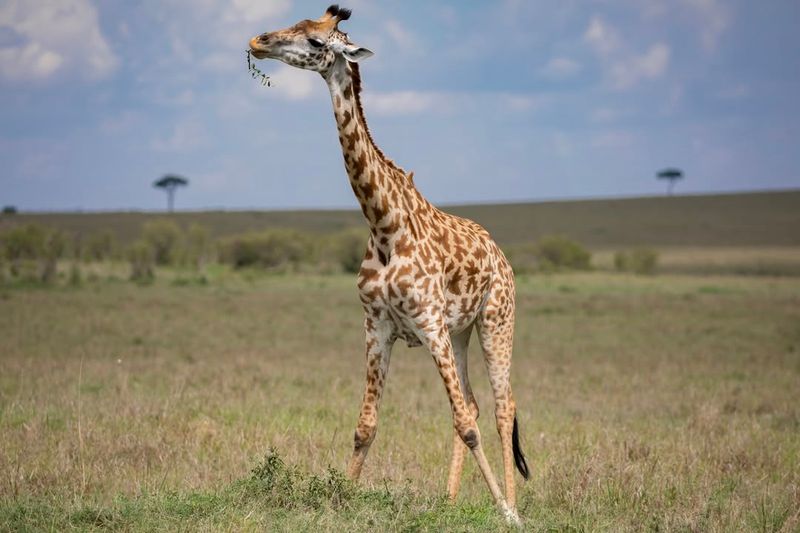
The giraffe’s long neck is one of the most recognizable features in the animal kingdom, evolved to help these gentle giants reach foliage high in trees. This adaptation allows giraffes to access food sources unavailable to other herbivores, giving them a competitive advantage in their savannah habitats.
Their elongated necks also play a role in social interactions, particularly among males, who engage in a behavior known as ‘necking’ to establish dominance and mating rights. Despite its length, the giraffe’s neck contains the same number of vertebrae as most mammals, illustrating the fascinating variations evolution can produce.
The giraffe’s neck highlights the diverse strategies animals use to adapt to their environments, offering a window into the wonders of nature’s creativity. These towering creatures inspire awe and admiration, symbolizing the majesty and diversity of life on Earth.
23. Beaver Engineering
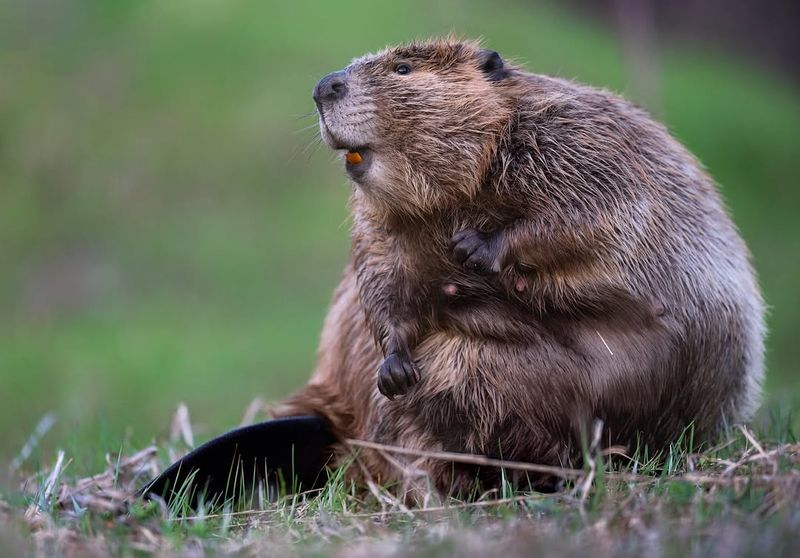
Nature’s engineers, these industrious animals are known for building intricate dams and lodges using branches, mud, and stones. Their structures create ponds that support diverse wildlife, highlighting the beaver’s vital role as a keystone species in its ecosystem.
Their engineering skills are driven by innate instincts and facilitated by their strong teeth and dexterous paws. By modifying their environments, beavers enhance biodiversity and contribute to the health of aquatic ecosystems.
The beaver’s remarkable engineering abilities demonstrate the profound impact animals can have on their surroundings. Their industrious nature and ecological significance highlight the complex relationships between organisms and their habitats, offering valuable insights into the interconnectedness of nature.
